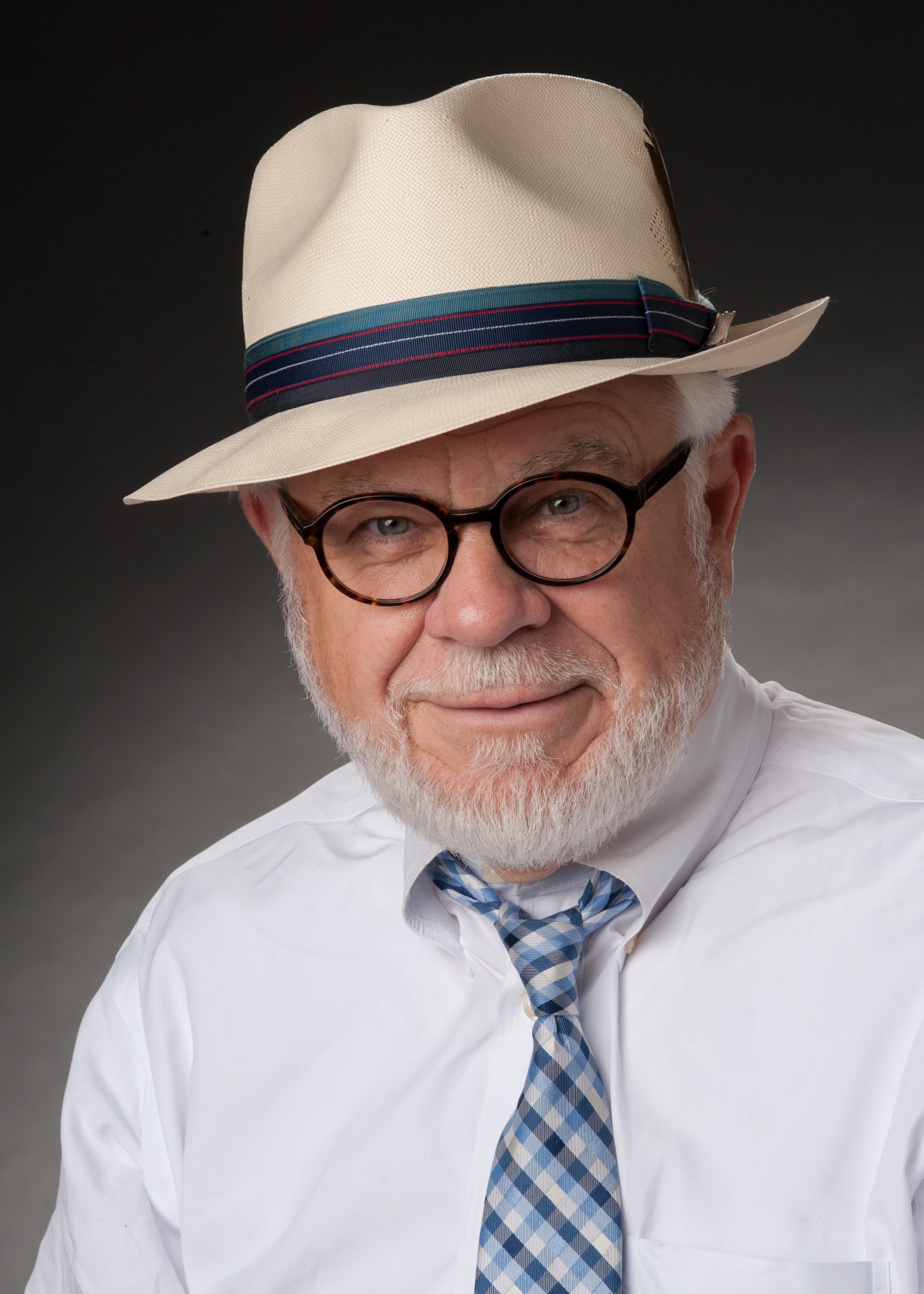The March 2025 closing of the Dr. Reddy’s Laboratories on Line Ave.is one of many nationwide generic drug manufacturing closures. In the past few years, these facilities have closed in West Virginia, Illinois, North Carolina, California, New Jersey and Minnesota. A Pennsylvania factory is set to close next year.
A recent New York Times article outlined the challenges of generic drug manufacturers. (Closed Factory Shows Difficulty of Reviving Drug Manufacturing, Nov. 7,2025).
Drug manufacturing is a multistage process, managed by factories in different parts of the world. Raw materials are used to produce active ingredients. These are utilized to make the final products like pain relievers ibuprofen, aspirin, Tylenol, generic chemotherapies, antibiotics, and asthma. The Shreveport plant never made active ingredients, instead importing them from China and India.
The Shreveport facility was built in the 1980s. Much of the equipment is decades old. (Repairs to the boiler room could cost more than $2 million). This is the story with many of the closed generic drug manufacturing facilities as well as the remaining American generic drug plants that are open.
The lower overseas production costs provided foreign generic drugmakers a major advantage over their American counterparts. The wave of top-selling medicines that lost patent protection contributed to the ramp up of overseas factories, particularly in India, to take the opportunity to make generic variations. Additionally U.S. environmental laws and rising U.S. labor costs set the stage for the loss of U.S. manufacturing facilities.
The president’s push to have drug manufacturing plants constructed in the U.S. has resulted in plans for state-of-the-art facilities for blockbuster drugs.
But this effort l will not increase generic drug manufacturing that account of 90 percent of American prescriptions.
Boots Pharmaceuticals built the plant for $36 million, which would be more than $100 million in today’s dollars. The building recently sold for $2 million. The future of the 308,000 square feet of buildings, seven loading docks and a rail spurt on the beautiful 58 acres is unknown.
John came to Shreveport in January of 1977 when he was transferred to Barksdale AFB.
He’s been active in Shreveport politics since deciding to make Shreveport his home.
John practiced law for 40 years and he now monitors local politics. He regularly attends Shreveport City Council and Caddo Parish Commission meetings.
John is published weekly in The Inquisitor, bi-monthly in The Forum News, and frequently in the Shreveport Times.
He enjoys addressing civic groups on local government issues and elections.
